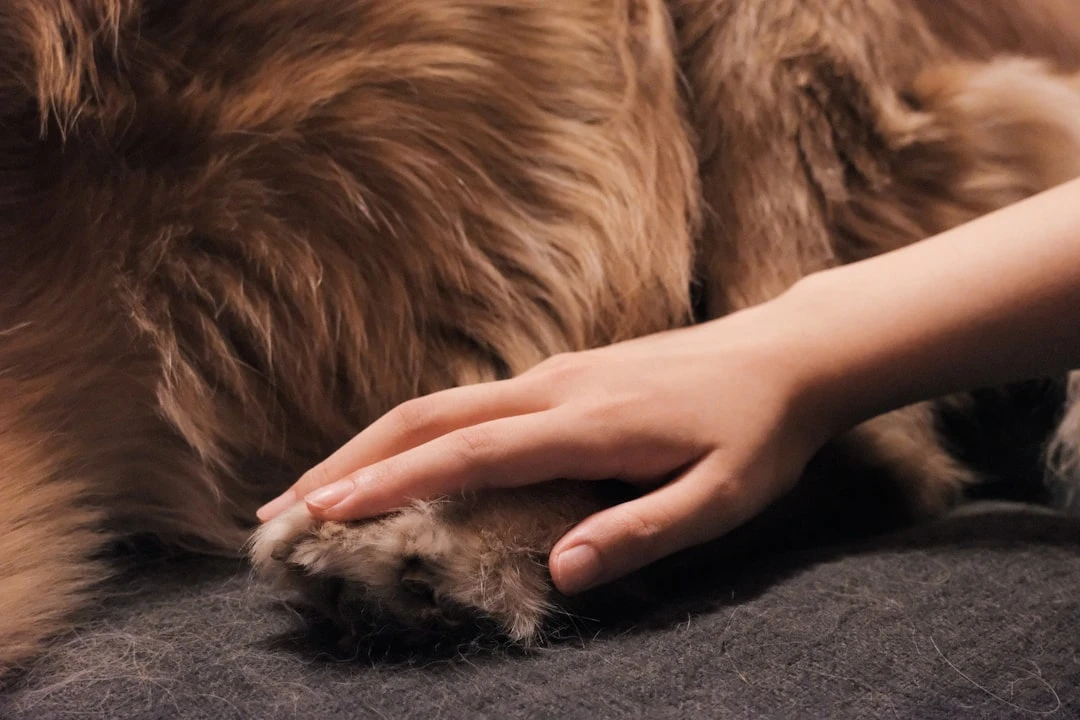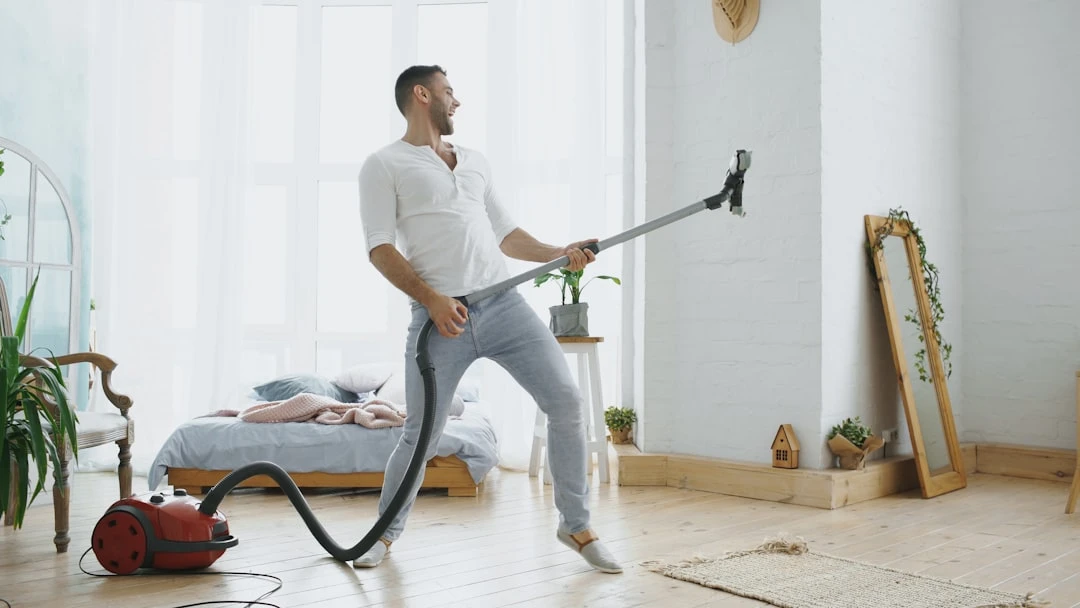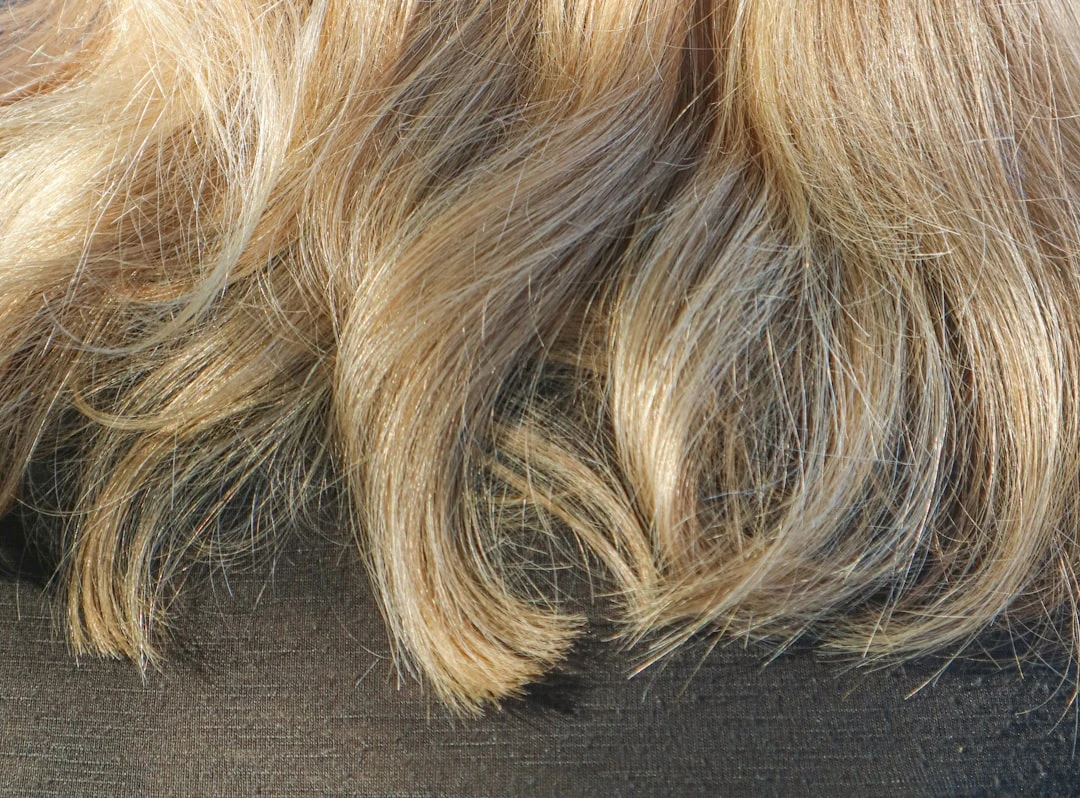Effective Ways to Remove Pet Hair at Home

Pet owners know that loving their four-legged friend comes with an eternal battle against fur. No matter how much you brush your pet, fur always finds its way onto the sofa, floor, and clothes. Fortunately, there are several effective solutions that make fighting fur much easier.
Fur on furniture: which method works best?
Furniture, especially fabric sofas and armchairs, are often places where pet fur stubbornly clings. There are several simple yet effective methods to remove it.
Rubber gloves are one of the most affordable solutions. Put them on, dampen them slightly, and slide your hand over the furniture surface. Rubber creates static electricity that attracts fur, making it easy to remove. Special rubber pet hair removers work on the same principle.
Microfiber cloths and brushes trap pet hair even without additional aids. Just like with removing stains and scratches from walls, it's worth starting with gentler methods and moving to stronger ones if needed.
Stores offer various specialized tools, such as sticky lint rollers and hair removal rollers. These are especially useful for smaller areas and quick cleaning before guests arrive.
Cleaning floors of pet hair
Pet hair spreads quickly on floors and often accumulates in corners and along baseboards, where it's particularly difficult to remove.
Specialized vacuum cleaners designed for pet owners are a great help. For example, Dyson uses innovative Motorbar™ cleaning heads in their vacuum cleaners, which features polycarbonate hair removal slats to remove hair automatically during operation. They also have a spiral hair removal tool that directs long hairs and pet fur directly into the collection bin, preventing them from wrapping around the brush.

An effective vacuum cleaner is the foundation of home cleaning – similarly to how each step in a proper cleaning order is important to achieve clean results.
Electrostatic or microfiber mops work particularly well on hard floor surfaces such as parquet, laminate, or tiles. They trap hair using static electricity, making cleaning simpler and more efficient. Like with preventing mold in the bathroom, regularity is key in cleaning up hair.
Rubber brooms or rubber-bristled brushes are excellent tools, especially for cleaning carpets. Rubber helps pull hair out of carpet fibers before vacuuming, making the entire process more efficient.
Removing hair from clothes
Removing hair from clothes may seem particularly difficult, but there are good solutions here too that help alleviate the problem.

Before washing, clothes can be treated with static electricity reducers (fabric softener), which helps release hair from the fabric. Just as proper washing machine cleaning extends its lifespan, proper hair removal also extends the life of your clothes and keeps them aesthetically pleasing.
Special hair removal products used in washing machines are flexible, non-toxic, and hypoallergenic tools that remove hair both in the washer and dryer. They trap pet hair that becomes loose during washing, preventing it from sticking to other clothes.
Sticky rollers are simple and affordable solutions for removing hair from clothes. They are especially useful for quick hair removal before leaving home when you suddenly find yourself covered in pet hair.
Velvet or silicone hair brushes use a combination of static electricity and material properties to effectively collect hair from clothes without damaging the fabric.
Improving air quality
Pet hair is not only visible but also spreads through the air, affecting indoor air quality and potentially causing allergies or breathing difficulties for sensitive individuals.
Quality air purifiers with HEPA filters trap airborne animal hair and allergens. They are especially useful for allergy sufferers who might otherwise suffer from keeping a pet.
Proper ventilation is also important to reduce the amount of hair floating in the air. It also helps reduce the risk of mold, which is also important to avoid in a home environment, as seen in bathroom maintenance tips.
Preventive measures to reduce pet hair
The most effective way to fight hair is to reduce it at the source – that is, on your pet.
Regular brushing of your pet (ideally outdoors) significantly reduces the amount of hair spreading around the house. A quality hair removal brush or glove helps remove loose hair before it ends up on furniture or floors. Some animals enjoy being brushed, making it a pleasant shared activity.
Healthy nutrition and skincare for your pet reduces excessive hair shedding. Quality food containing omega-3 fatty acids helps keep your pet's skin and fur healthy, reducing abnormal hair loss.
How to keep your home free of pet hair for longer
Consistency is the key to fighting pet hair – regular cleaning in small steps is more effective than rare large-scale cleaning.
Create a solid cleaning routine that includes regular vacuuming, wiping surfaces, and maintaining your pet's favorite spots. Similar to dishwasher cleaning and preventing blockages at home, regular maintenance helps prevent bigger problems in the future.
Consider designating certain areas as pet-free zones (such as the bedroom) to reduce hair spreading throughout the home. This may seem harsh, but it helps create cleaner zones, especially if there are people with allergies in the household.
To effectively remove pet hair, it's worth combining different methods. Regular pet brushing, use of a quality vacuum cleaner, application of rubber and microfiber tools, and maintaining air quality are key elements that help keep your home clean and healthy for both you and your four-legged friends.
While pet hair is an inevitable part of every pet owner's life, it doesn't have to be a constant problem. With the right tools and strategies, you can create a clean and pleasant home environment without having to give up the closeness and affection of your beloved pet.




